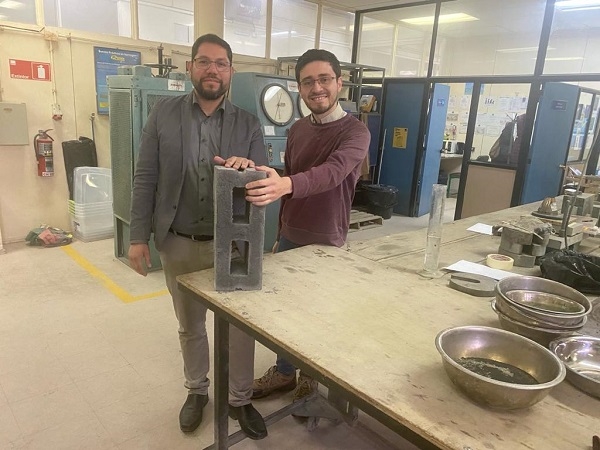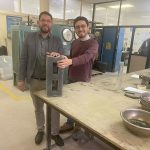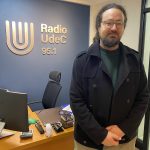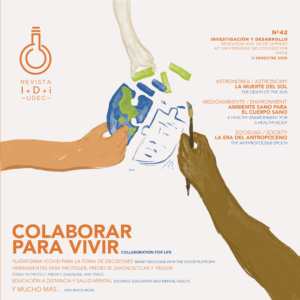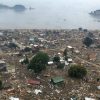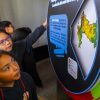By: Verónica Gormaz Muñoz, Journalist – Faculty of Engineering UdeC / vgormaz@udec.cl
Images: Courtesy of the Faculty of Engineering
Leer en español
Until 2024, construction in Chile could only use natural aggregates to prepare concrete. Since this material is widely used in the industry, natural aggregate extraction (gravel, grit, and other sands) has been excessive. Damage to riverbeds, quarries, and wells is evident in river ecosystems, increasing the risk of floods, landslides, and other disasters.
Hence, it is important that, in October of that year, the National Institute of Standardization (INN) approved the fifth version of the Technical Standard NCh163 “Aggregates for mortars and concretes—Requirements.” This standard authorizes the use of artificial and recycled aggregates in concrete mixtures, which boosts the circular economy by helping to reuse materials previously considered waste. This update also seeks to reduce concrete’s environmental footprint. It is one of the most consumed resources worldwide (second only to water), and its production is responsible for almost 8% of global carbon dioxide emissions.
However, the need to create more environmentally friendly materials had already been identified by Dr. Luis Merino Quilodrán, academic of the Civil Engineering Department UdeC, who, since 2014, has been working on the search for concretes that use other residues and ingredients, such as pulp. Since then, with the project ECOncrete, valorization of pulp waste for concrete manufacturing, he has made progress in the publication of theses and research to valorize this environmental liability.
“This standard will solve a big problem,” Merino emphasizes. The use of natural aggregates “caused an overexploitation, and, in some places in Chile, there are no longer aggregates to make concrete, and what is being done is to extract them from other areas. So, for example, here in Biobío we support Santiago, which is why concrete in the capital is almost twice as expensive as it is here.”
Fostering green construction
The production of concrete with recycled and artificial aggregates was not regulated and did not have a specific standard. The UdeC Professor of Engineering explains, “How waste or waste concrete could comply with the regulations was not totally clear. But now, with this new regulation, requirements are added, certain tests that have to be met, and then one can, with a new residue, generate a new type of modified concrete and see if it complies with the new regulations.”
Dr. Merino leads two research projects that are currently being carried out. They are looking for additives extracted from industrial waste to improve the durability of concrete in aggressive environments. One seeks to extract pulp nanofibers from used cement sacks, which would modify the traditional properties of concrete, improving its durability in constructions near the coast, for example. The other seeks to take advantage of by-products of the pulp and forestry industry, to replace natural aggregates.
From CMPC’s side, Diego Soto Gutierrez, the company’s Research and Development Engineer, explained during a visit to UdeC’s Civil Engineering Concrete Laboratory that there was an idea to use the waste generated in the concrete market. However, they wanted to explore all the potential this could have. “Fortunately, we have found a whole world of things that can be made, from brick-like elements, mortars, to even much larger things. So, we are delighted and left with many lessons to tell our colleagues and management about everything we can do with something considered waste today. This is a byproduct for a different market than we are used to,” he said.
The CMPC R&D Engineer also highlighted the skills and experience of the professionals at the University of Concepción, “I didn’t know so much about the civil area, but I got an excellent feeling, and this is in line with what we had already worked on with other areas of the university. He also points out that ”there is experience working with our waste, particularly with Dregs-Grits.”
Last modified: 3 de septiembre de 2025
